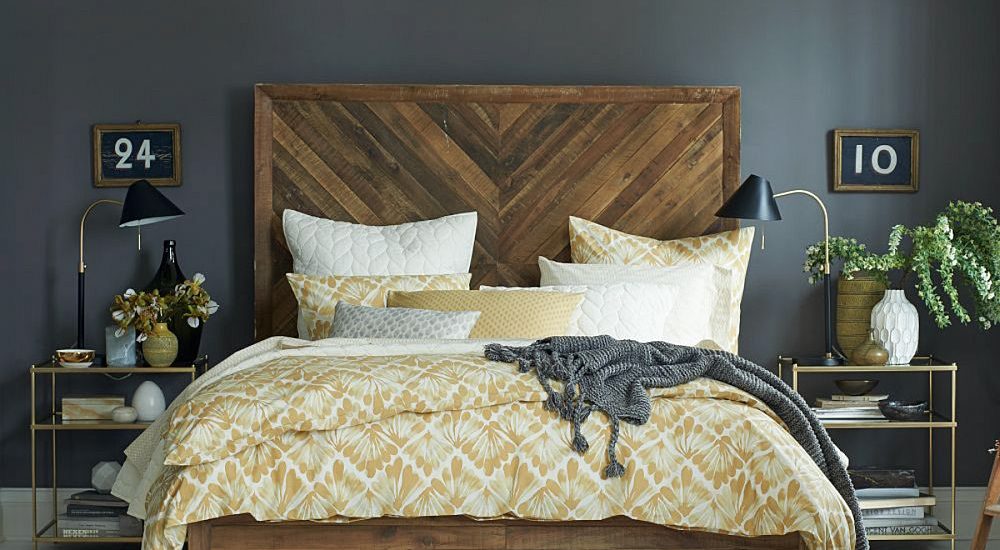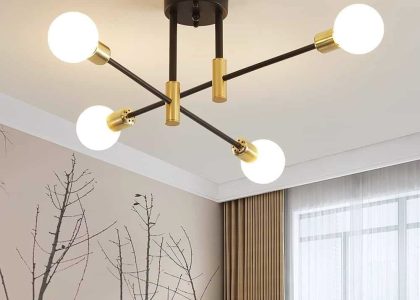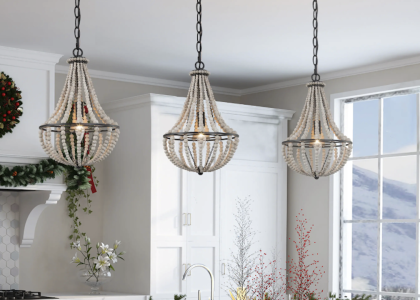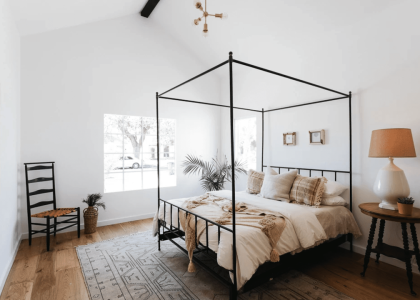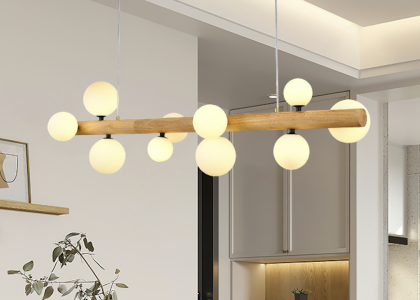Introduction
The 70s were a decade of style and design innovation, and this was no less true in the realm of lighting. One of the most enduring elements of 70s design is the chandelier, which adorned homes, hotels, and public spaces with opulent and dramatic lighting. In this article, we will explore the enduring appeal of 70s chandeliers, their unique design characteristics, and how they can be used to add character and elegance to modern interiors.
History of Chandeliers
The origins of the chandelier date back to the medieval era, when they were used to light up large dining halls in castles and palaces. These early chandeliers were simple, featuring a few candles or oil lamps suspended from a metal frame. Over time, they became increasingly ornate and elaborate, incorporating crystals, colorful glass, and intricate metalwork.
In the 18th and 19th centuries, chandeliers became symbols of wealth and status, as they were used to light up grand ballrooms and state rooms in royal palaces and mansions. They also became popular in theaters, opera houses, and other public spaces, where they added a touch of elegance and luxury to performances and events.
70s Chandeliers Characteristics
The 70s saw a revival of interest in chandeliers, as designers sought to recreate the opulence and glamour of past eras. However, they also introduced several new design elements that set 70s chandeliers apart from their predecessors.
One of the most notable characteristics of 70s chandeliers is their use of materials. While earlier chandeliers were made predominantly from metals like brass and bronze, 70s designs favored materials like acrylic, plastic, and glass. These materials allowed for greater experimentation with color and shape, resulting in chandeliers that were playful, whimsical, and often quite unusual.
Another key characteristic of 70s chandeliers is their scale. While earlier chandeliers were often large and imposing, 70s designers experimented with smaller, more intimate designs that could be used in a variety of settings. This led to the creation of chandeliers that were suitable for everything from grand dining rooms to cozy bedrooms.
Using 70s Chandeliers in Modern Interiors
Although 70s chandeliers were originally designed for use in specific contexts, their timeless appeal and versatility make them well-suited to modern interiors. Here are some tips for incorporating 70s chandeliers into your home:
1. Choose the Right Size
When selecting a 70s chandelier for your home, it’s important to consider the size of the room and the scale of the furniture. A small chandelier can look lost in a large space, while a large chandelier can overwhelm a small room. Consider the dimensions of the space, the height of the ceiling, and the size of any furniture or architectural features.
2. Consider the Style
The 70s were a decade of diverse and eclectic design, and this is reflected in the many styles of chandeliers from this era. Whether you’re drawn to the colorful, whimsical designs of the Memphis Group or the sleek, minimalist lines of Scandanavian design, there’s a 70s chandelier to suit every taste.
3. Embrace Bold Colors and Patterns
70s design was all about bold colors, geometric patterns, and playful motifs. When using a 70s chandelier in your home, consider incorporating these elements into the surrounding decor. This could mean using bright colors on the walls or upholstery, incorporating bold patterns in curtains or rugs, or adding playful accent pieces like vintage toys or posters.
4. Mix and Match
70s chandeliers are often quite distinctive, and they can add a lot of character and visual interest to a room. However, they don’t always need to be the focal point. Consider pairing a bold, colorful chandelier with more understated furniture and decor, or using multiple chandeliers of different styles and sizes to create a layered effect.
70s chandeliers are timeless pieces of design that add character, elegance, and a touch of playfulness to any space. By understanding their history, unique design characteristics, and versatility, homeowners can incorporate these iconic fixtures into their modern interiors with confidence and style.


